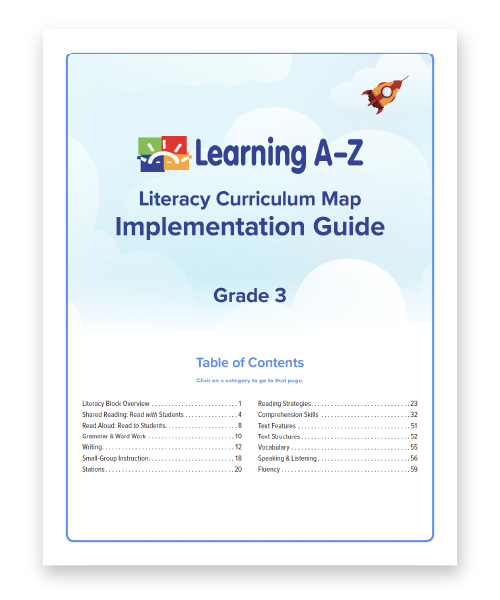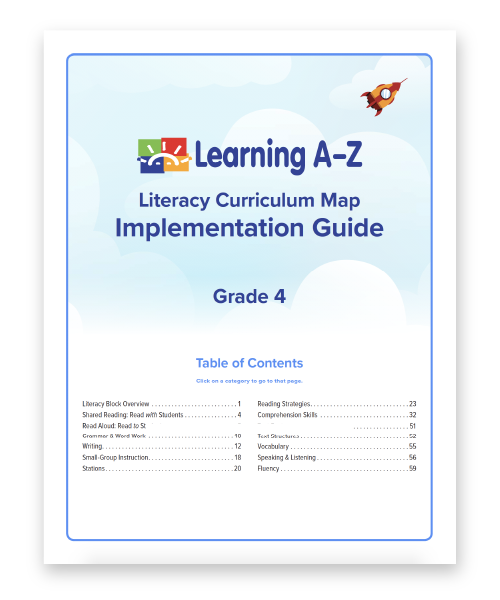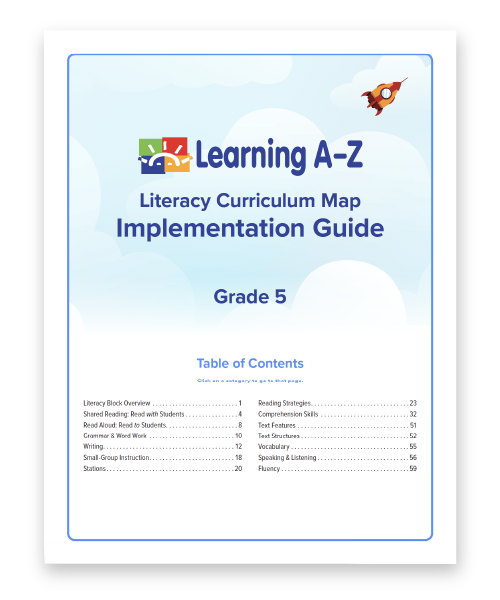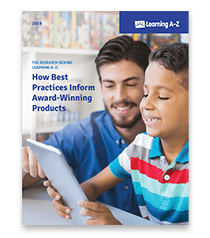This page was developed to help guide you through Raz-Plus with ELL, Texas Edition as you conduct your review. As you explore the award-winning, extensive collection of resources, tools, and engaging student-facing environment, we are confident you will find that Raz-Plus with ELL, Texas Edition resources:
- Meet TEKS and ELPS alignment
- Contain literacy practice and text interactions in multiple languages
- Support development of sustainable foundational literacy skills
- Provide comprehensive, easy-to-use instructional materials to support teachers in meeting the needs for ALL learners
In addition, Learning A-Z professional learning for administrators and teachers helps ensure that you can implement our resources with fidelity.
WATCH THE RAZ-PLUS WITH ELL, TEXAS EDITION OVERVIEW VIDEO
Please watch this brief overview video to get an overall sense of Raz-Plus with ELL, Texas Edition. This is a great place to start.
LITERACY CURRICULUM MAP WITH TEKS AND ELPS ALIGNMENT
Next, review the customizable Literacy Curriculum Map, which provides a sample scope and sequence aligned to the TEKS. The Literacy Curriculum Map organizes Raz-Plus resources into a full systematic, sequential, standards-aligned ELA curriculum with supporting tools and resources, including implementation guides and suggested timing.
The Literacy Curriculum Map supports current research and best practices for literacy instruction (reading, writing, speaking, and listening) while allowing flexibility and a differentiated approach for each district, school, and teacher.
LITERACY CURRICULUM MAP IMPLEMENTATION GUIDES (GRADES 3-5)
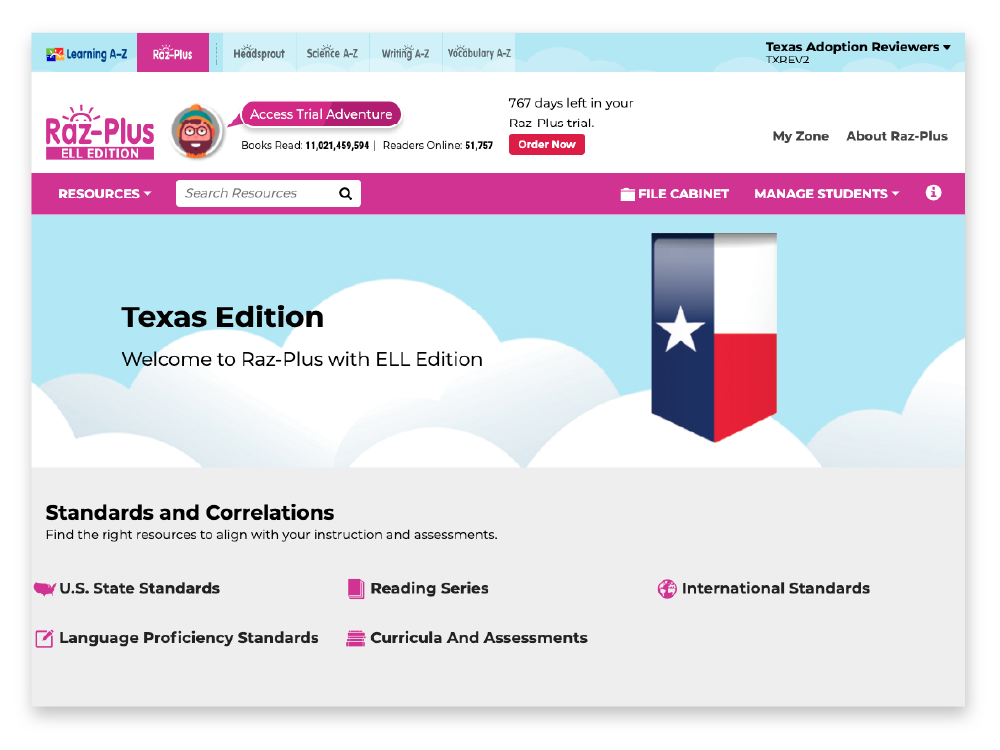
I’M READY TO EXPLORE
Log in to Raz-Plus with ELL, Texas Edition using the teacher username and password provided to you, or go directly into the resources to start reviewing. View the Instructional Support section at the bottom of any page for support.
THE RESEARCH BEHIND LEARNING A-Z
Learning A-Z resources are developed using research-based practices and instructional strategies and are developed to mirror the best practices defined by years of research and described in the National Reading Panel’s report (National Institute of Child Health and Human Development, 2000).

